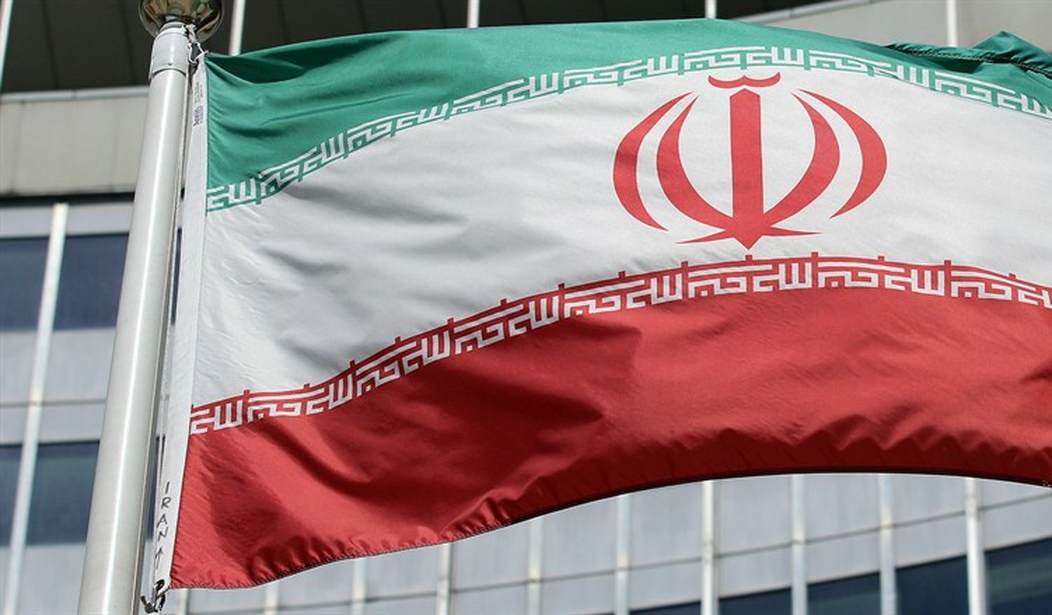While much of the international focus has remained on Iran's nuclear program, Tehran has steadily advanced another major instrument of instability, i.e., drones. For over a decade, the regime has sunk billions of dollars into the effort as part of its regional destabilization policy. To avoid more crises in hotspots like Lebanon and Syria, the international community must act now to curb Tehran's massive drone initiative.
Let’s start with the facts. Despite crippling economic misfortune, Tehran has invested billions in drone production, in a bid to compensate for its failing Air Force. On October 6, 2021, a sweeping expositionon the drone program was unveiled by the opposition National Council of Resistance of Iran (NCRI). The alarming detailed disclosure laid bare the complete cycle for Unmanned Aerial Vehicles (UAV), also known as drones, from procurement and production to training and deployment.
Observers will recall that the NCRI has exposed dozens of the most important sites and centers of Tehran’s nuclear weapons program over the past two decades, including the revelation of Natanz which triggered the IAEA inspections of Iranian nuclear sites. Drones have now become one of the primary weapons in the regime's perturbing arsenal of war and terrorism.
The chief operative is the Islamic Revolutionary Guard Corps (IRGC) Quds Force, which uses various types of UAVs for its own terrorist operations as well as supplying them to regional proxies.
As for production, the clerical regime smuggles parts such as engines and electronic components from abroad, while producing others internally. According to the recent intelligence, there are at least eight industrial complexes involved in the production cycle. Some operate under the umbrella of the "Aviation Industries Organization," which is controlled by the Ministry of Defense. Among the key branches are Quds Air, Iran Aircraft Manufacturing (HESA), Fajr, and Basir Industries.
Recommended
There are also manufacturing sites controlled by the IRGC Aerospace Force, including one in Tehran called the Ghazanfar Roknabadi complex, and another in the city of Semnan, about 200 km east of Tehran, according to the NCRI.
One of the largest actors is known as HESA. Located in Shahin Shahr, Isfahan, HESA manufactures aircraft parts as well as UAVs and components. Another company, the Bespar Sazeh Composite, is involved in the design, molding and production of various composite and metal parts. There are also entities like the Paravar Pars Company, which copy existing models and build ultralight planes and drones.
When it comes to maintenance and storage, the regime's UAV Command Center, which operates under the auspices of the IRGC Aerospace Force, has stations in various bases across Iran. Specifically, there are 7 UAV maintenance centers, including the headquarters of the UAV Command Center in Dastvareh in northwestern Tehran. Other sites are located in Kashan, Isfahan, Ahvaz, and Kermanshah.
Quds Force Intelligence has a dedicated department to handle the use, training and export of drones. Quds Force Intelligence orders UAVs in accordance with the operational objectives of a particular hotspot, say Yemen, where the Quds Force provides drones to the Yemeni Houthis. These requests are submitted to the Ministry of Defense for production. In many cases, the drones are sent by the Quds Force, either in parts or fully assembled, to other countries.
The Quds Force Training Department trains mercenaries and proxies on the use of UAVs. Terrorist recruits from different countries congregate at the Imam Ali Garrison in Tehran, for instance, where they receive training commensurate with the level and type of their missions in target countries.
Important political lessons abound. First, concessions made to the Iranian regime, including nuclear concessions, have clearly emboldened Tehran to continue its destabilizing activities. By all accounts, Tehran has intensified its menacing designs, only augmented with the presidency of Ebrahim Raisi.
Second, Tehran is generously shoring up its billion-dollar drone program while 80 percent of the population struggles with abject poverty. Dismayed by the regime's costly regional adventurism, the Iranian people continue to chant in their nationwide protests: "No to Gaza, no to Lebanon, my life only for Iran."
Third, the regime has shown in practice that it will misappropriate any amount of cash resulting from the easing of sanctions by prioritizing death in the region over life in Iran.
Fourth, the West cannot treat the regime as a responsible actor, adopting the maxim of business as usual while doling out serial concessions. Instead, the evidence should compel Western demands that all Tehran’s menacing activities -- including production, use and research on drones, as well as its missile program -- must stop. Period.
Otherwise, the regime will prioritize regional intransigence to buy time in a bid to offset its domestic weakness and preserve its rule.
Last but not least, none of the sanctions should be lifted until Tehran has stopped its rogue behavior, including its repression of the Iranian people.























Join the conversation as a VIP Member